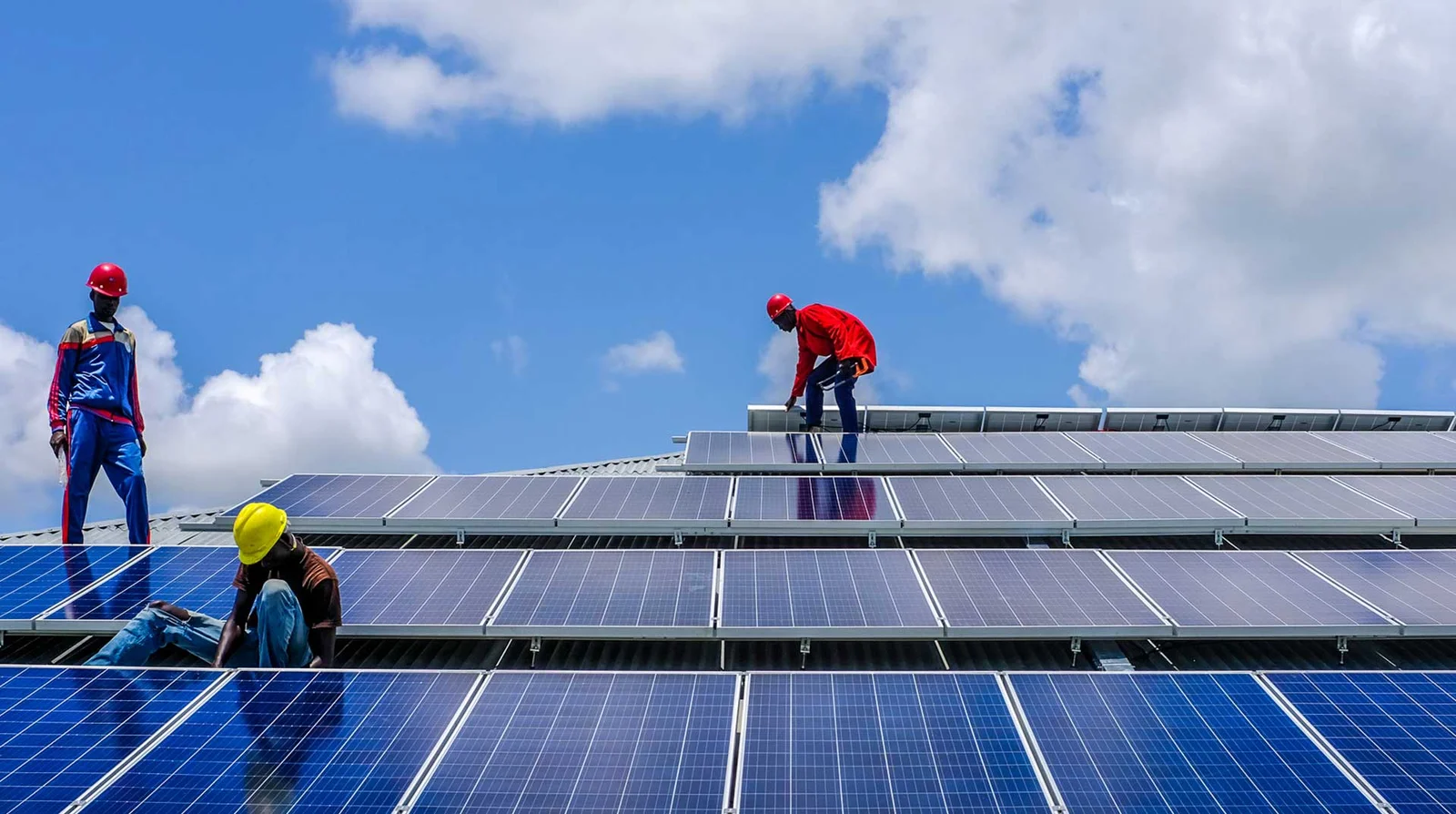How Solar Energy Supports the UN Sustainable Development Goals (SDGs)
Aug 14, 2025
11 mins read
The United Nations Sustainable Development Goals (SDGs) are a blueprint for building a better future that is inclusive, equitable, and environmentally responsible. Many of these goals rely heavily on solar energy, which is one of the fastest-growing renewable energy sources. In addition to cutting carbon emissions.
Business
How Solar Energy Supports the UN Sustainable Development Goals (SDGs)
The United Nations Sustainable Development Goals (SDGs) are a blueprint for building a better future that is inclusive, equitable, and environmentally responsible. Many of these goals rely heavily on solar energy, which is one of the fastest-growing renewable energy sources. In addition to cutting carbon emissions.
1. SDG 7: Affordable and Clean Energy
- Solar power directly addresses SDG 7, which aims to ensure access to affordable, reliable, sustainable, and modern energy for all.
- Solar technology enables decentralized energy solutions in remote and rural areas where grid access is limited.
- The cost of solar has dropped by more than 80% in the last decade, making clean energy more accessible than ever.
Example: Off-grid solar kits in African villages have enabled households to replace kerosene lamps, cutting costs and improving indoor air quality.
2. SDG 13: Climate Action
- Climate change is one of the greatest threats to humanity, and SDG 13 focuses on urgent action to combat it.
- Solar power generates electricity without emitting greenhouse gases.
- Replacing coal and fossil fuel plants with solar installations significantly reduces a country’s carbon footprint.
Impact: Every megawatt-hour of solar electricity can prevent roughly 0.7 metric tons of CO₂ emissions.
3. SDG 8: Decent Work and Economic Growth
- The solar industry is a powerful driver of green jobs, supporting SDG 8.
- Manufacturing, installation, maintenance, and research in solar create millions of employment opportunities worldwide.
- These jobs often require skill development, promoting workforce growth and training.
Example: The International Renewable Energy Agency (IRENA) estimates that solar PV jobs surpassed 4.9 million globally in 2022.
4. SDG 3: Good Health and Well-being
- Switching to solar can improve public health—aligning with SDG 3.
- Replacing fossil fuels reduces air pollution, lowering rates of respiratory and cardiovascular diseases.
- Access to reliable solar power supports better healthcare delivery in clinics and hospitals.
Example: Solar-powered vaccine refrigerators have saved lives in rural healthcare facilities.
5. SDG 9: Industry, Innovation, and Infrastructure
- Solar contributes to SDG 9 by encouraging innovation in energy technology and infrastructure.
- Advances in solar PV efficiency, storage solutions, and smart grids are transforming energy systems.
- Large-scale solar farms and rooftop installations strengthen resilient infrastructure.
6. SDG 11: Sustainable Cities and Communities
- Solar supports SDG 11 by enabling greener, more resilient cities.
- Solar rooftops, community solar projects, and solar-powered public transport reduce urban emissions.
- Energy independence makes communities less vulnerable to energy price fluctuations.
7. SDG 15: Life on Land
- When designed responsibly, solar farms can also enhance biodiversity—contributing to SDG 15.
- Pollinator-friendly vegetation around solar panels supports bees and other wildlife.
- Combining solar with agriculture (agrivoltaics) helps conserve land and water resources.
